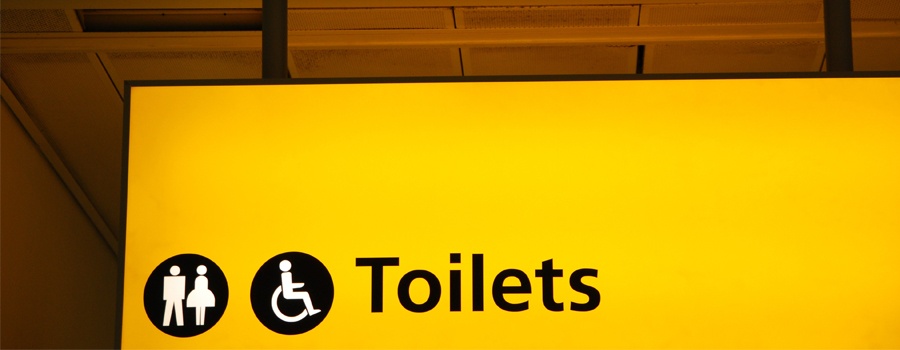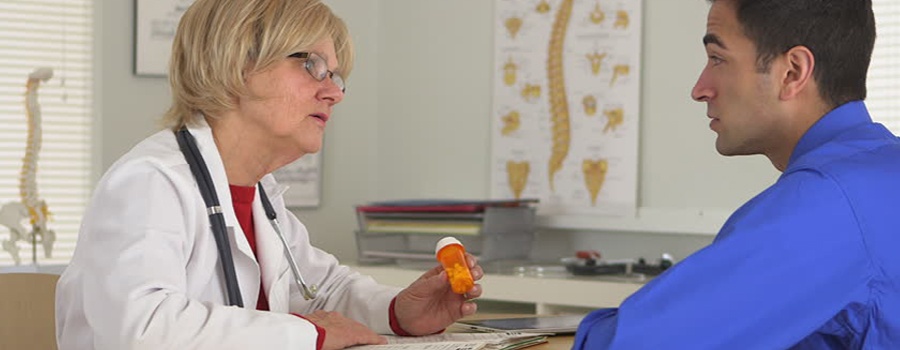Tag: drug
-

Trump: Opioid Epidemic “Worst Drug Crisis” in U.S. History
President Trump called the opioid epidemic the “worst drug crisis” to strike the U.S. in its history while declaring a public health emergency – not a national emergency as promised earlier in the summer. According to the Centers for Disease Control and Prevention, more than 140 American die every day from an opioid overdose, which…
-

CDC Reports Rising Rates of Drug Overdose Deaths in Rural Areas
Rates of drug overdose deaths are rising in nonmetropolitan (rural) areas, surpassing rates in metropolitan (urban) areas, according to a new report in the Morbidity and Mortality Weekly Report (MMWR) released this week by the Centers for Disease Control and Prevention (CDC). Drug overdoses are the leading cause of injury death in the United States,…
-

Congress Squares Off Over Drug Pricing and a Controversial Drug Discount Program
House Democrats are calling foul on Republican assertions that cuts to a little-known discount drug program will eventually reduce skyrocketing drug prices. At a hearing Tuesday, Rep. Diana DeGette (D-Colo.) said high drug prices should be investigated separately from the focus on oversight of the drug discount program, known as 340B. “I think we need…
-

Public Restrooms Become Ground Zero in the Opioid Epidemic
A man named Eddie threaded through the midafternoon crowd in Cambridge, Mass. He was headed for a sandwich shop, the first stop on a tour of public bathrooms. “I know all the bathrooms that I can and can’t get high in,” said Eddie, 39, pausing in front of the shop’s plate-glass windows, through which we…
-

STUDY: Opioid Abuse Drops When Doctors Check Patients’ Drug History
ITHACA, N.Y. – There’s a simple way to reduce the opioid epidemic gripping the country, according to new Cornell University research: Make doctors check their patients’ previous prescriptions. The most significant response to the opioid epidemic comes from state governments. Nearly every state now has a database that tracks every prescription for opioids like OxyContin,…
-

Medical Association Joins AMA for Release of Opioid Education and Resource Toolbox
BIRMINGHAM – The Medical Association and the American Medical Association partnered in the development and release of a toolbox of data, education and other resources to aid physicians in their continued fight against Alabama’s epidemic of prescription drug misuse, overdose and death. The toolbox was released in a press conference during the Association’s November Opioid…
-

Alabama Physicians Partner with the AMA to Combat Opioid Epidemic
Pilot Program Designed to Reduce Prescription Opioid Misuse and Heroin Use MONTGOMERY | Aug. 10, 2016 – The Medical Association of the State of Alabama and the American Medical Association announced today a partnership to develop and distribute a statewide educational toolbox designed to help reverse the state’s opioid epidemic. Alabama and Rhode Island are…